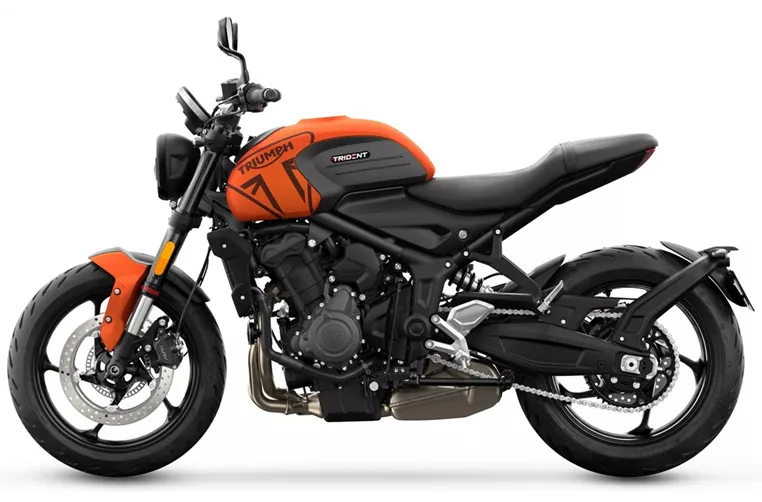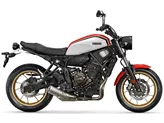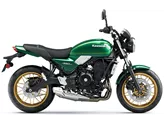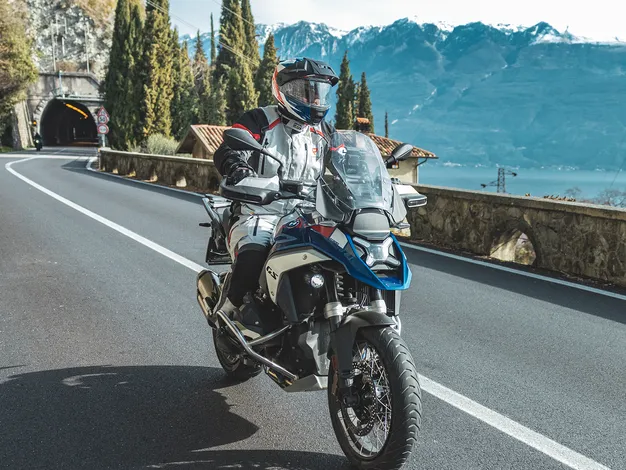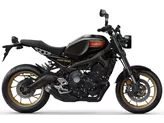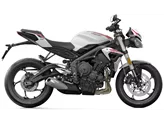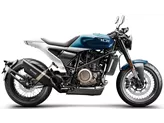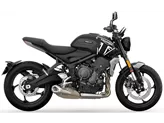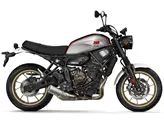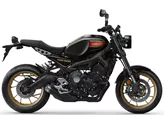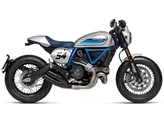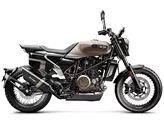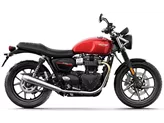Yamaha XSR700 2022 vs. Triumph Trident 660 2023
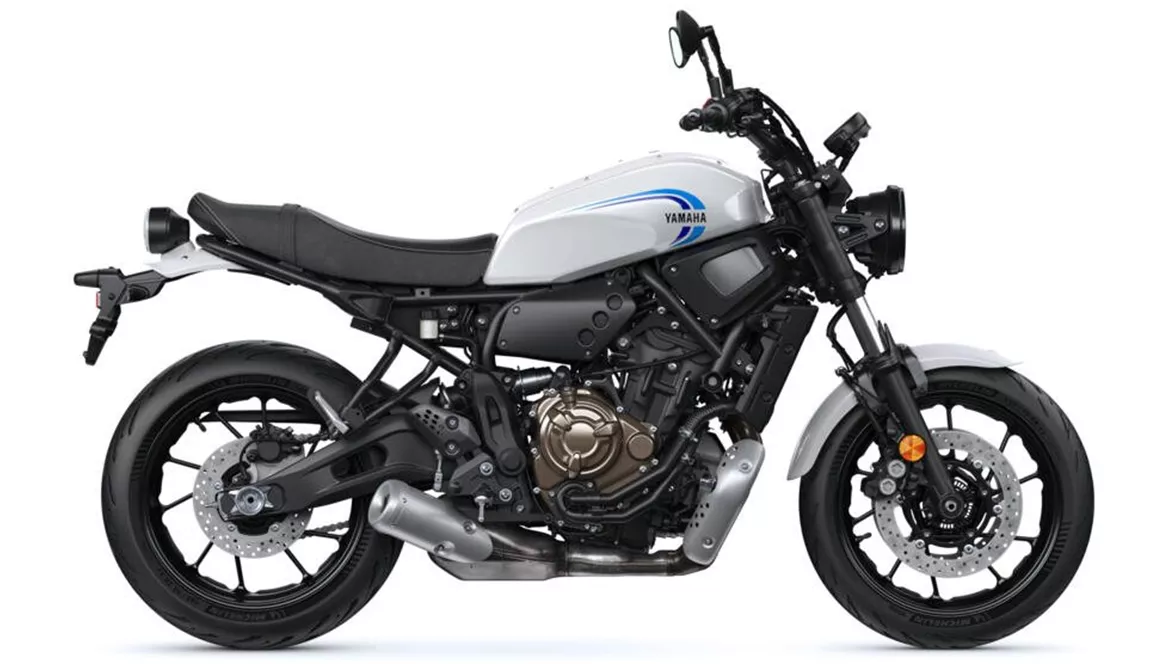
Yamaha XSR700 2022

Triumph Trident 660 2023
Overview - Yamaha XSR700 2022 vs Triumph Trident 660 2023
In terms of engine and drive train, both the Yamaha XSR700 2022 and the Triumph Trident 660 2023 have inline engines with fuel injection. However, the Triumph Trident 660 has a slightly higher engine power of 81 HP compared to the Yamaha XSR700's 73.4 HP. The Yamaha XSR700, on the other hand, has a higher torque of 67 Nm compared to the Triumph Trident 660's 64 Nm. Both bikes have liquid cooling and a displacement of 660ccm for the Triumph Trident 660 and 689ccm for the Yamaha XSR700.
In terms of suspension, the Yamaha XSR700 2022 features a telescopic fork front suspension and a swing arm rear suspension with a monoshock absorber. The Triumph Trident 660 2023 also has a swing arm rear suspension with a monoshock absorber but features an upside-down telescopic fork front suspension, which is considered to be more advanced.
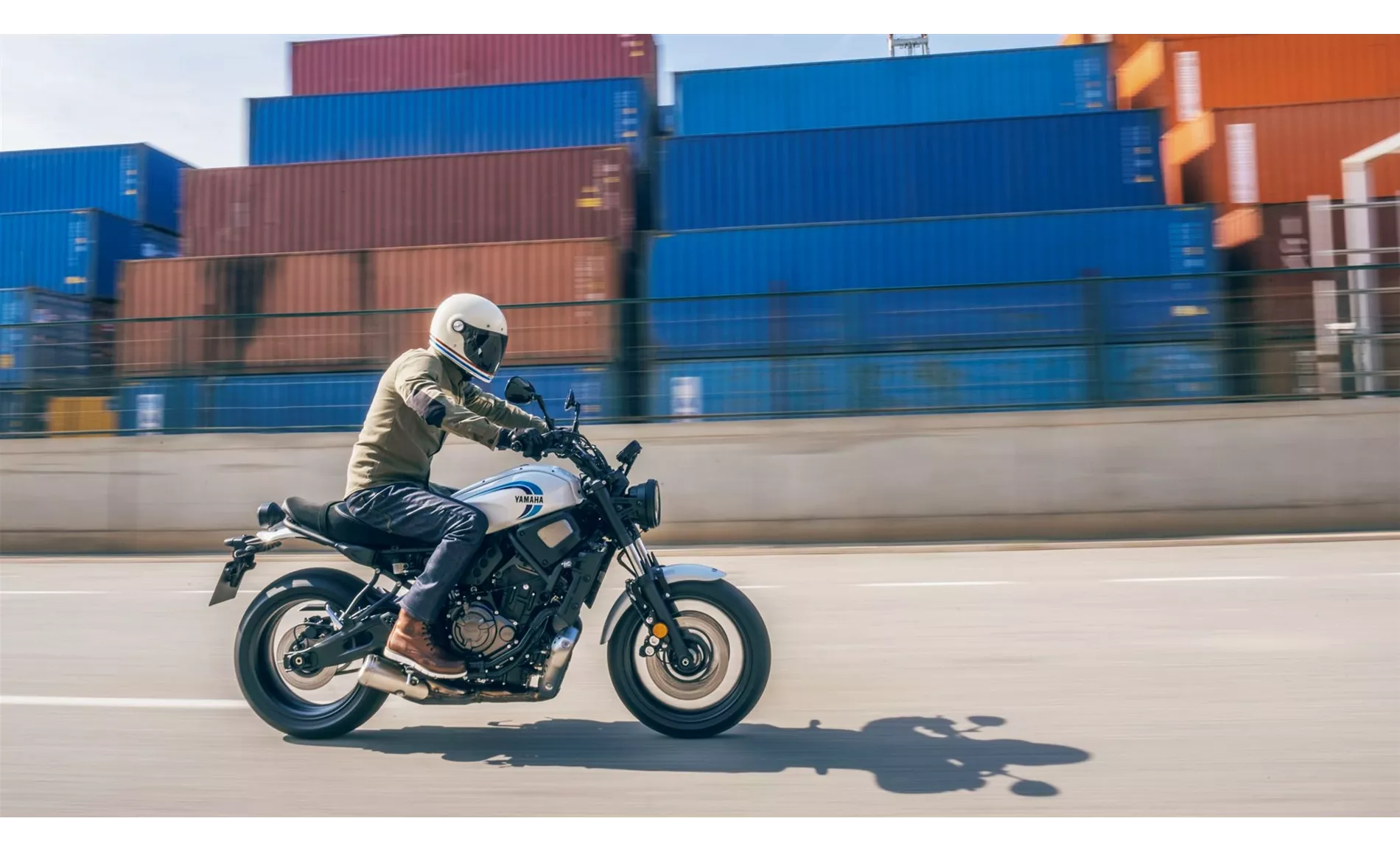
Yamaha XSR700 2022
Both bikes have a steel frame and double disk front brakes. However, the Triumph Trident 660 has a larger front brake diameter of 310mm compared to the Yamaha XSR700's 298mm. The Yamaha XSR700 has four-piston front brake pistons, while the Triumph Trident 660 has double pistons.
In terms of advanced rider assistance systems, the Yamaha XSR700 2022 only has ABS, while the Triumph Trident 660 2023 offers ABS, riding modes, and traction control.
In terms of dimensions and weights, both bikes have the same front and rear tire width and diameter. The Yamaha XSR700 has a slightly longer wheelbase of 1405mm compared to the Triumph Trident 660's 1401mm. The Yamaha XSR700 also has a higher seat height of 835mm compared to the Triumph Trident 660's 805mm. Both bikes have a fuel tank capacity of 14 liters, but the Yamaha XSR700 has a longer range of 325km compared to the Triumph Trident 660's 304km. The Yamaha XSR700 also has a slightly lower combined fuel consumption of 4.3 l/100km compared to the Triumph Trident 660's 4.6 l/100km.
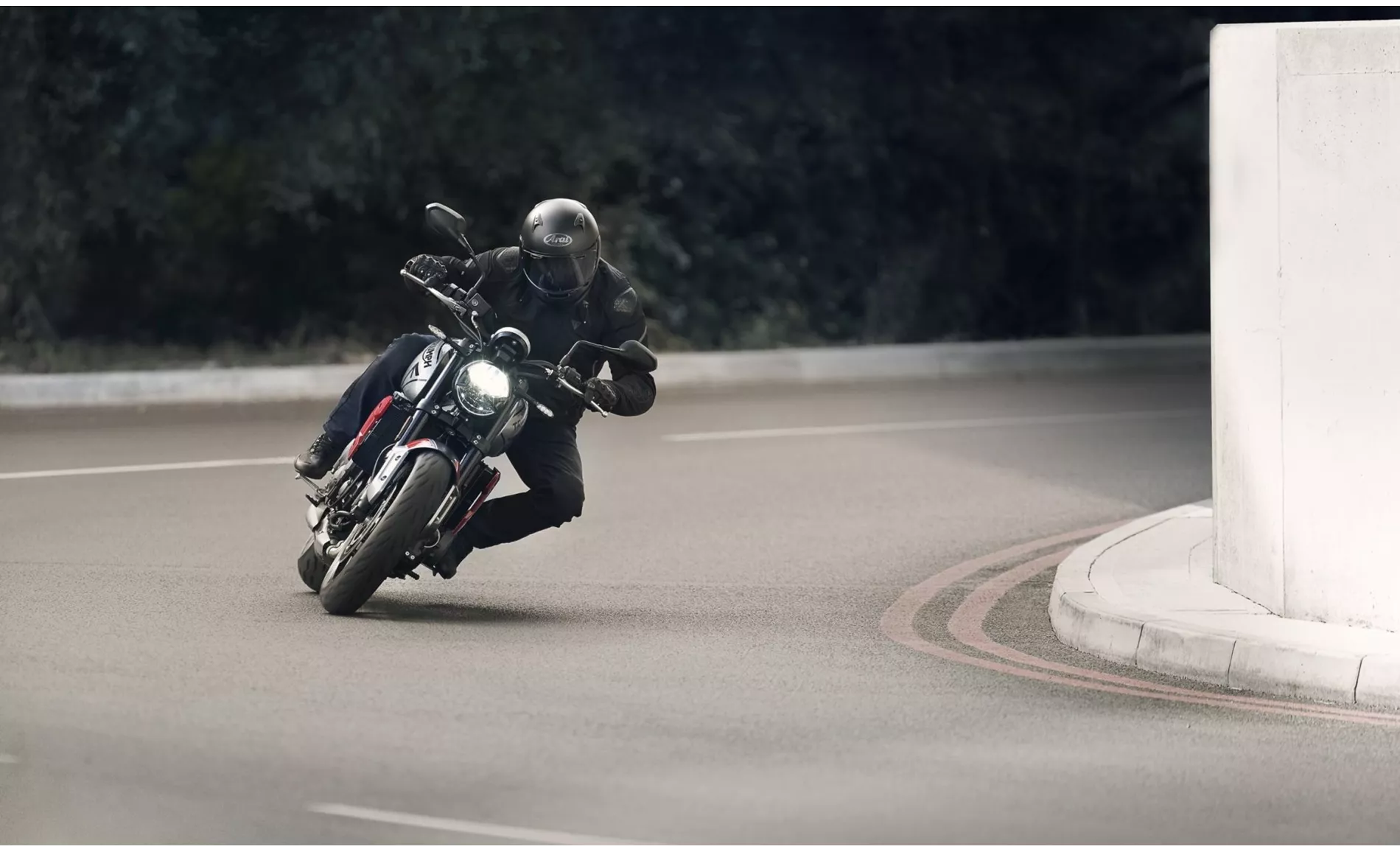
Triumph Trident 660 2023
In terms of strengths, the Yamaha XSR700 2022 is praised for its successful design, proven CP2 engine, comfortable seating position, and its versatility as an all-rounder suitable for every situation on the road. On the other hand, the Triumph Trident 660 2023 is commended for its great classic look that still looks modern, many high-quality details on the motorbike, simple operation, compact but good display, and being a very accessible motorbike. It is also praised for its handling that inspires a lot of confidence, great engine that is smooth and pleasant to ride, and its unspectacular appearance with good performance. The Triumph Trident 660 is also described as a light and playful motorbike that is easy to ride but still comes across as charismatic.
In terms of weaknesses, the Yamaha XSR700 2022 is criticized for its difficult-to-read display, relatively soft chassis, and rather little lean angle clearance. On the other hand, the Triumph Trident 660 2023 is criticized for its ABS controls being very defensively, non-adjustable chassis, and the chassis offering little reserves for sporty or heavy pilots.
Technical Specifications Yamaha XSR700 2022 compared to Triumph Trident 660 2023
Pros and Cons in comparison
Pros and Cons in comparison
Yamaha XSR700 2022
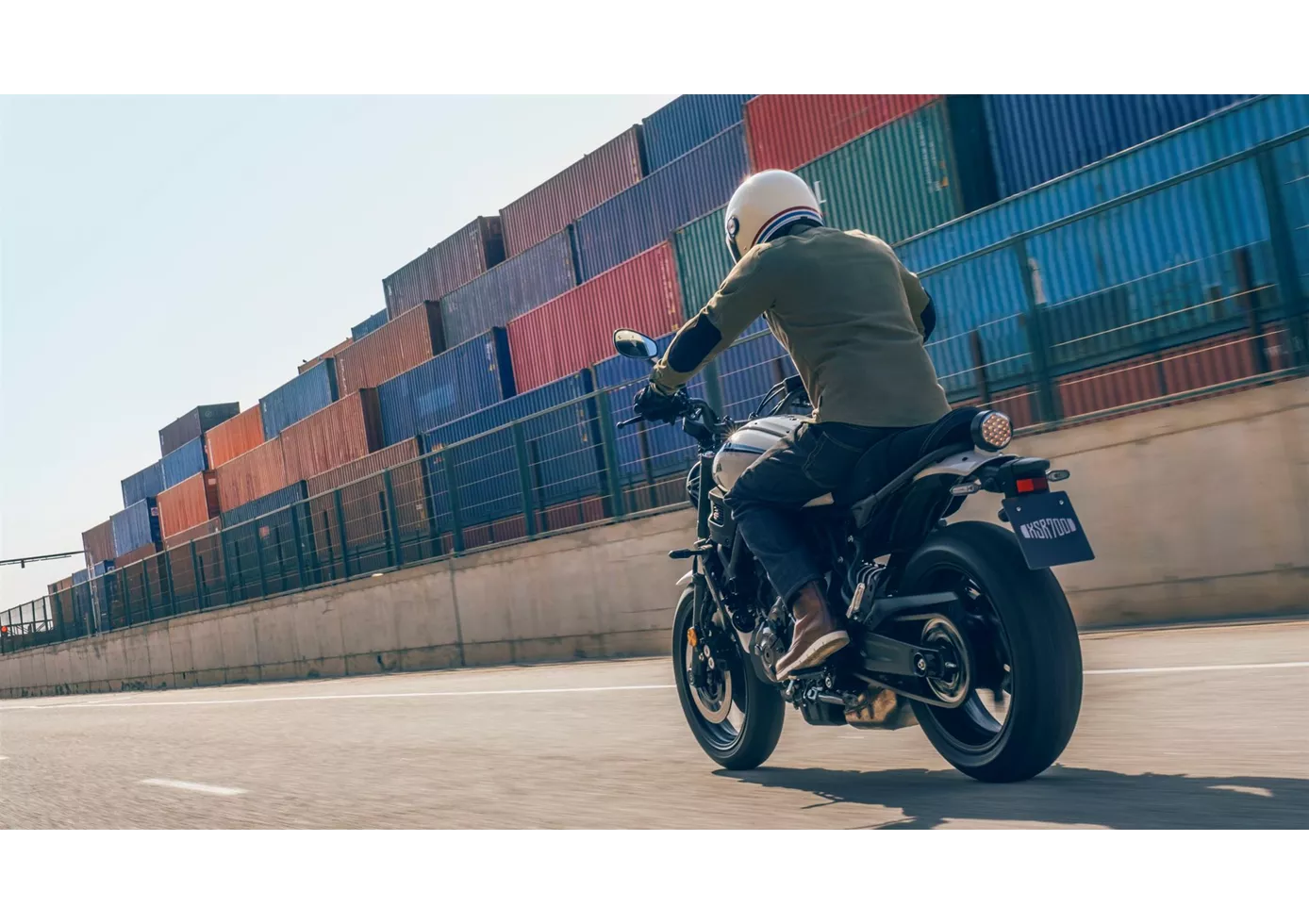
Can do everything but nothing well? A clear NO! The lively and agile retro bike with a sufficiently powerful engine can be a good all-rounder, which also looks good and tempts you to heat up the curves. Overall, the bike is fantastically manageable and sporty for me, even as a woman. The engine works better than expected and the seating position is more than comfortable. However, there is still room for improvement in terms of lean angle. I think that many people will continue to choose this bike because you simply can't go far wrong.
Triumph Trident 660 2023

The Trident is still a wonderful motorbike in 2023. It rides simply but still offers a lot of charisma. The unique engine makes it a cool and casual motorbike. It looks fresh, independent and timeless.
Price Comparison Avarage Market Price Yamaha XSR700 vs Triumph Trident 660
There are a few key differences between a Yamaha XSR700 2022 and a Triumph Trident 660 2023. In terms of price, the actual average price of a Triumph Trident 660 2023 is about 6% higher. Compared to Triumph Trident 660 2023 there are less Yamaha XSR700 2022 bikes available on the 1000PS.de Marketplace, specifically 92 compared to 98. It takes less time to sell a Triumph Trident 660 with 130 days compared to 146 days for the Yamaha XSR700. Since model year 2015 1000PS.de editors have written 26 reviews for the Yamaha XSR700 and 20 reviews for the Triumph Trident 660 since model year 2021. The first review for the Yamaha XSR700 was published on 22/07/2015 and now has more than 13,700 views. This compares to more than 76,700 views for the first review on Triumph Trident 660 published on 30/10/2020.

